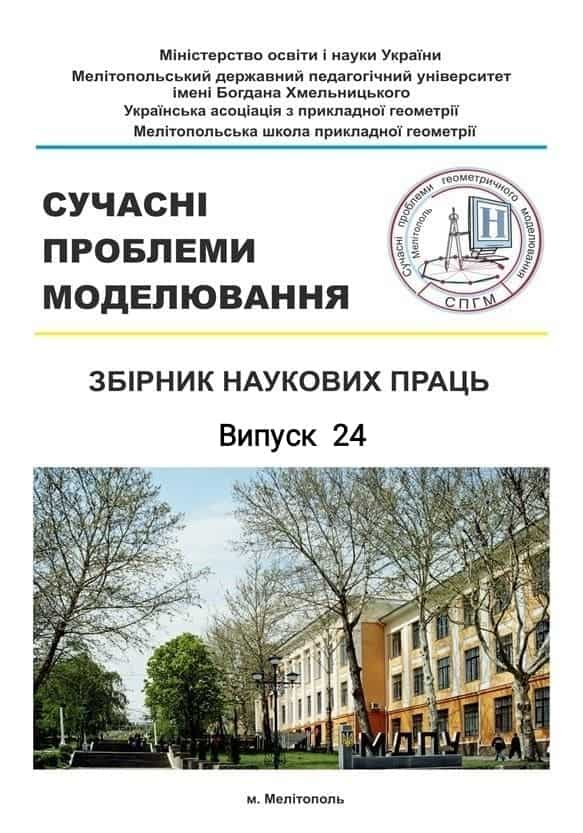MODELING OF PROPERTIES OF SECOND-ORDER SURFACES USING GEOGEBRA
Abstract
The paper proposes an algorithm for creating dynamic models of some properties of second-order surfaces using the example of a hyperboloid of one sheet in the dynamic mathematics software GeoGebra. This method of visualization of analytical geometry’s three-dimensional objects allows studying the properties and geometric features of such objects faster and more deeply. The analysis of the latest research shows the importance of implementing the use of dynamic modeling in a 3D environment into the educational process for the development of spatial thinking and increasing students' cognitive activity. However, based on this analysis, dynamic mathematic GeoGebra is more often used in school mathematics and at the level of two-dimensional objects. However, ease of use and a large open library of ready-made models of the freely distributed environment for experiments GeoGebra helps to improve the quality of educational material of the disciplines of the mathematical cycle for various forms of teaching in higher education.
Algorithms for constructing dynamic models of some properties of a hyperboloid in the GeoGebra environment are considered in the paper. The dynamic model of linearity of a one sheet hyperboloid has a mathematical basis, but the scheme of constructing limited parametric lines can be applied to any three-dimensional objects that are formed by straight lines. The construction of the model of the rotation hyperboloid is carried out in two ways. In one case, a one sheet hyperboloid is formed from separate hyperbolas that gradually rotate around an imaginary axis, and in the second case, the hyperboloids are smooth surfaces of rotation of the hyperbola up to a given angle. Such algorithms can be used for any figure that is formed by rotating a curve around an axis. The animation of the reproduction of the gradual construction of objects provides an opportunity to form the basis for understanding the geometric features of the spatial objects under consideration. The materials can be used when teaching the course "analytical geometry", "higher mathematics", as well as when studying the behavior of some objects in three-dimensional space.
Keywords: geometric modelling, educational process, GeoGebra, second-order surfaces.




